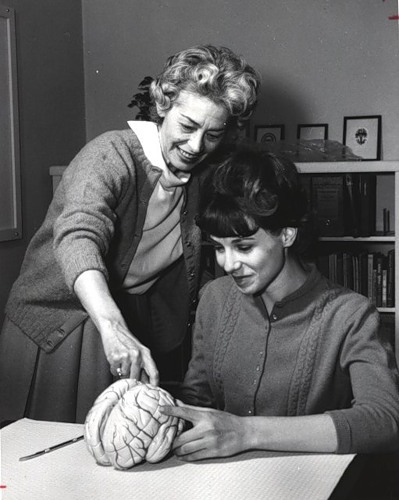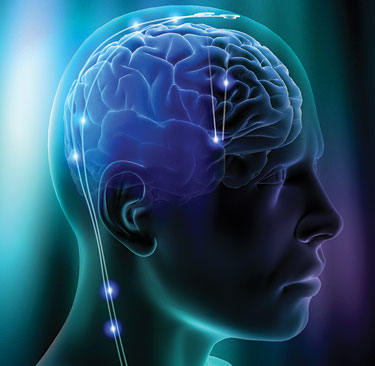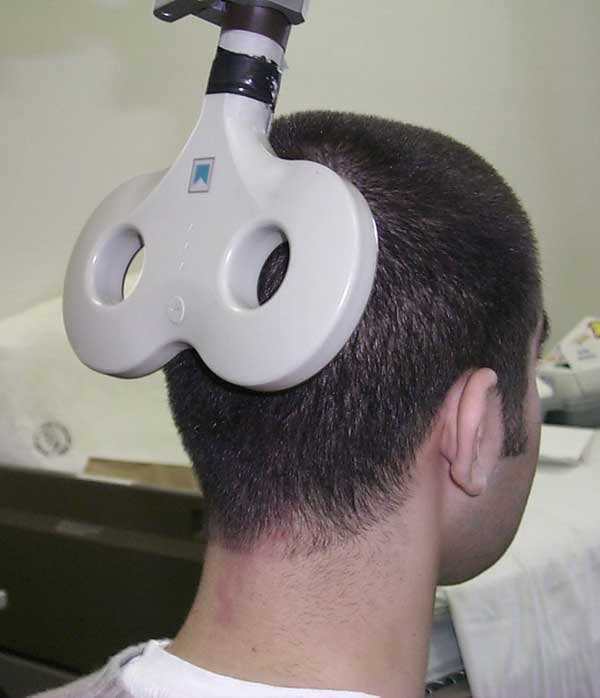Transcranial Magnetic Stimulation
Some of us prefer to wear eco-friendly vintage clothing in timeless styles, shun social media sites like Facebook, and take our vacations the old-fashioned way: backpacking. But those who prefer more modern pursuits that verge on science fiction-esque technology might want to check out the possible future of treatments for stroke and Parkinson’s patients: transcranial magnetic stimulation (TMS). In layman’s terms, TMS is the use of a magnet to switch on or switch off certain areas of the brain.
It sounds a little scary to think that a magnet could turn off an area of a person’s brain. Roger Highfield, science editor for The Telegraph, found out just how scary it is. He volunteered to have Prof. Vincent Walsh transmit magnetic pulses to his brain as Highfield recited a nursery rhyme. When Walsh moved the magnet over the left side of the brain, Highfield’s Humpty Dumpty rhyme stalled and he simply could not recite it. However, he found that singing the rhyme was still possible, because that action is controlled by the right side of the brain. Likewise, a magnet can also be used to facilitate speech and language.
The Research
Magnets might not be an obvious choice for speech therapy for stroke and Parkinson’s patients, but new research out of the University of Queensland begs to differ. Prof. Bruce Murdoch has been working on studies to determine whether a series of magnetic pulses directed at certain areas of the brain can help patients regain speech and language. So far, the research proves promising. Patients involved with the study have shown improvements in speech and language within two weeks to two months following the treatment. They have even continued to improve up to 12 months after receiving the magnetic pulses.
The Procedure
Transcranial magnetic stimulation is done by applying a coil in the shape of a figure eight to the head. The doctor holds the coil over the area of the brain that is responsible for speech and language. The treatment takes about 20 minutes. Typically, patients will have multiple TMS treatment sessions. Ideally, they would also work with a speech therapist for best results.
Potential Drawbacks
TMS is being studied as a possible treatment for a wide range of ailments, from major depression to epilepsy to schizophrenia. It may even help patients suffering from tinnitus, or ringing in the ears. While it’s the subject of many research studies, finding a doctor to administer it might still prove challenging. Patients could try looking for trial studies being conducted at university medical centers. However, because the technology is still new, medical insurance is unlikely to cover it. One treatment session might cost several hundred dollars.
In addition to these downsides, there are some possible side effects to consider. Transcranial magnetic stimulation is much less invasive than other types of treatments – it doesn’t even require sedation. However, it may result in headache, scalp discomfort, lightheadedness, general discomfort, and facial muscle twitching. These minor side effects are typically temporary and mild. Rarely, serious side effects may occur, which can include seizures and mania. If the patient does not receive proper ear protection during the treatment, hearing loss may also occur.





